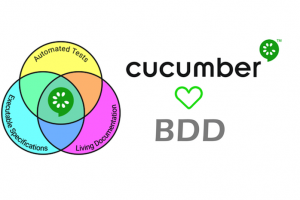
What is White Box Testing?
White box testing is a software testing method whereby the internal and coding structures and its workings are tested. It is also known as open box testing, transparent box testing, code-based testing, glass box testing, clear box testing, or structural testing.
Unlike the black box testing, it requires the knowledge of a programming language to examine outputs and is used for low-level testing. It derived test data from the program, which the tester uses in making a test case. It focuses on improving the usability, interface, input, and output of data through the software. The basic knowledge of technical skills is required as to enable the tester to make an accurate test.
White Box Testing Example
A software developer usually does the testing. The developer studies the code structure, the implementation of its outputs and outcomes that can be determined by studying the implementation code. The white box testing can be compared to the work of an electrician who works on a faulty switch to know why it is not working.
White Box Testing Techniques
There are white box testing methods that can be used to test the quality of a software product. They include:
Statement Coverage: this testing technique is used to ensure that the statement of the codes is without any fault. They are executed at least once during testing.
Security Testing: this white box testing method is done to determine how impregnable the software product is to unauthorized access such as hacking or the application cracking.
Unit Testing: this method of software testing is performed to check if the module or unit of a code is executing properly without any hitch. The testing is done when the unit of the code is built.
Branch Coverage: this method tests that every oath of the application is working perfectly fine as required.
White box testing of software can be done during its development or during modification.



